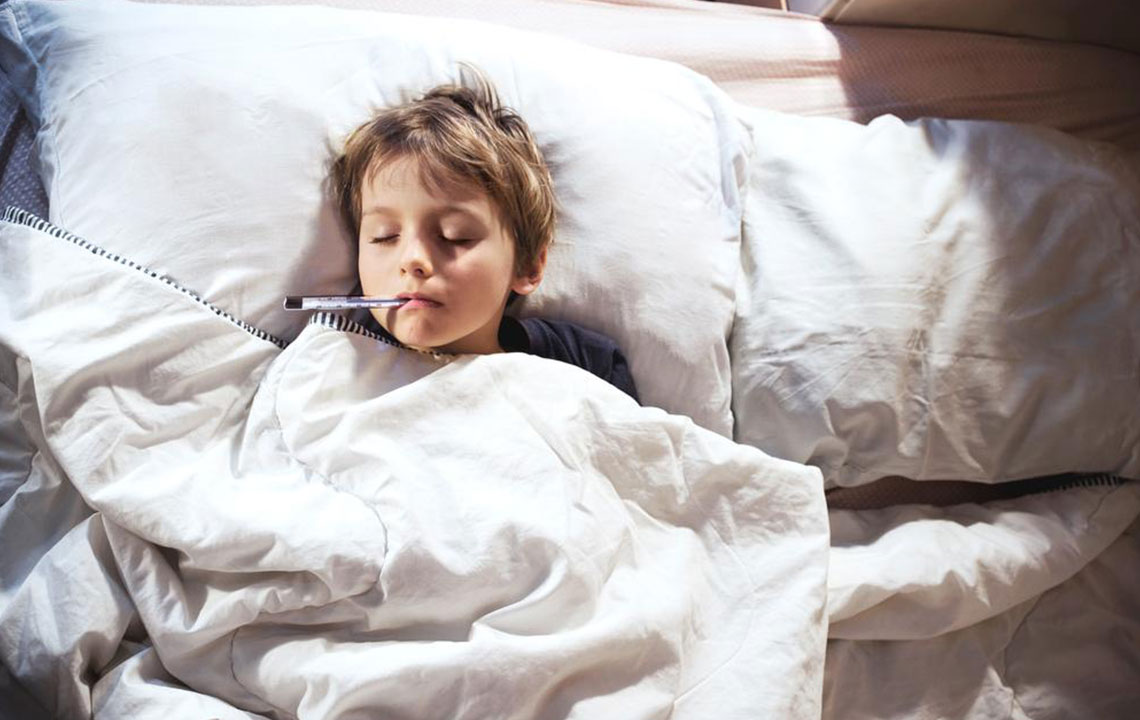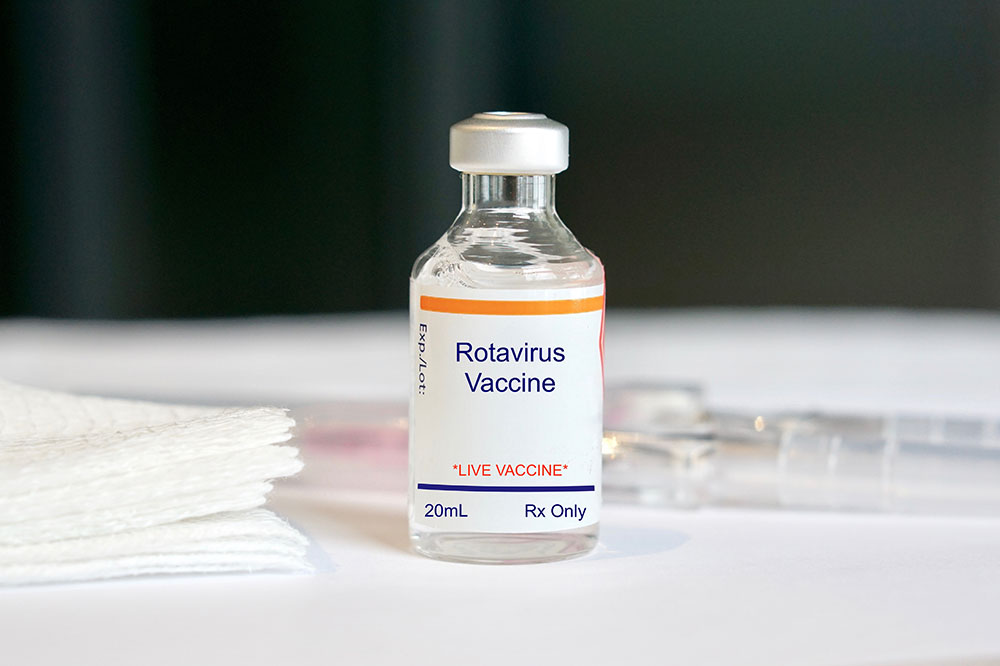Guide to Interpreting Fever Readings
Learn how to accurately interpret fever readings using different measurement methods. This guide provides temperature conversion charts for both Fahrenheit and Celsius and offers advice on managing fever in children, emphasizing when to seek medical help for urgent issues.
Sponsored

Understanding Fever Measurements
Normal body temperature typically hovers around 98.6°F, with a possible variation between 97°F and 99°F. A rise in temperature signifies a fever, often indicating an infection, but not always a cause for alarm. Using a thermometer, you can measure body temperature effectively. For children, thermometers may be placed under the arm or in the ear, while adults usually measure under the tongue. Different methods might yield slightly varying results. Accurate measurement is key to assessing health status.
Refer to the following fever temperature chart for interpretation: oral temperatures of 99.5°F to 99.9°F correspond to 100.4°F to 101°F when measured via the ear. Other conversions include:
100-101.5°F orally equals 101.1-102.4°F ear;
101.6-102.4°F orally equals 102.5-103.5°F ear;
102.5-103.5°F orally equals 103.6-104.6°F ear;
103.6-104.6°F orally equals 104.7-105.6°F ear.
For Celsius measurements: an oral temperature of 37.5-37.7°C is equivalent to 38-38.3°C via ear. Other conversions are:
37.8-38.5°C orally equals 38.4-39.1°C ear;
38.6-39.1°C orally equals 39.2-39.7°C ear;
39.2-39.7°C orally equals 39.8-40.3°C ear;
39.8-40.3°C orally equals 40.4-40.9°C ear.
It’s important to note measurement differences and inform your healthcare provider about how the temperature was taken for accurate assessment.
A fever in children is typically indicated by an ear temperature of 100.4°F or 38°C. Correspondingly, oral readings would be around 99.5°F or 37.5°C. Seek medical attention promptly if your child under three months develops a fever or experiences a temperature above 102°F (38.9°C). Additional symptoms like severe headache, neck stiffness, vomiting, diarrhea, or irritability require urgent care.
Fever management in children can include liquid Ibuprofen or Advil, with dosage depending on age and weight, administered every 6 to 8 hours. Avoid giving Ibuprofen to children under 6 months and aspirin to those under 18. Alongside medication, ensure the child stays well-hydrated, rests, and remains comfortable with light covering. If the fever persists beyond 24 hours, consult a healthcare professional.






